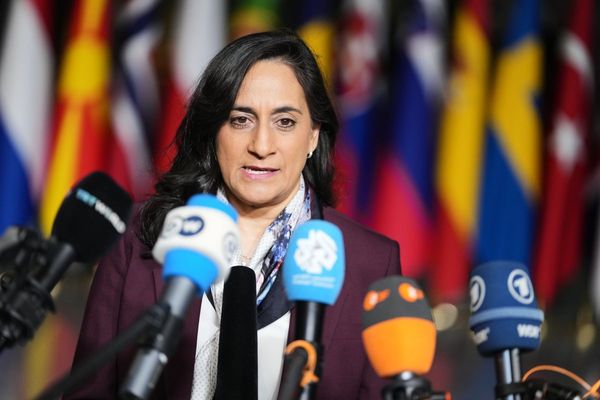
City gas distribution companies have benefitted from rising demand for natural gas for domestic, automobile and industrial consumption. With demand outlook firm, Indraprastha Gas Ltd (IGL), Gujarat Gas Ltd, and Mahanagar Gas Ltd will continue to accrue gains, but volumes and profitability could face near-term challenges.
Gas prices have been on an upward trajectory, leading to higher input cost pressures. Under the administered price mechanism, domestically produced natural gas prices have been hiked 62% to 2.90 dollars per million British thermal units (mBtu), effective 1 October. Imported prices also remain high.
This has resulted in prices of compressed natural gas (CNG) and piped natural gas (PNG) rising.
Among the companies, Mahanagar Gas and IGL are more dependent on domestically produced gas for supplies. While these companies have undertaken price hikes for consumers, margin concerns remain.
Mahanagar Gas has raised CNG prices by ₹14/kg since March 2021, while IGL has hiked rates by ₹10/kg during the period, as per analysts.
Analysts at Jefferies India Pvt Ltd say that these have been in response to an increase in domestically produced gas prices amid a shortfall in supply along with a sharp recovery in demand post Covid. The shortfall is likely to be transient but could impact near-term earnings materially.
Notably, domestic gas prices are determined based on weighted average price of global benchmarks. With international prices having remained high, there is expectation that rates will go up further, under the administered price mechanism (APM), from 1 April 2022.
For Gujarat Gas, which has a lower dependence on APM gas, higher international prices don’t bode well. The company has raised its term LNG (liquified natural gas) component in recent years to mitigate the volatility from spot LNG prices, say analysts. But a considerable exposure to spot LNG remains to meet industrial demand, which can put pressure on the company's margins.
Volumes, too, are an important growth driver for city gas distributors. The outlook is strong for long term, led by robust demand and analysts expect sharp growth in volumes. For instance, analysts at HDFC Securities Ltd expect volume growth at 16% over FY21-23 for Gujarat Gas.
However, the spread of Omicron is a near-term threat for volumes.
Analysts at Jefferies India Ltd said, “Post a sharp recovery in CNG volumes during 2Q/3QFY22, recent mobility data suggest 15-35% month-on-month slowdown in road traffic congestion and retail/recreational/workspace mobility indicators in Mumbai and Delhi amid the 3rd wave of COVID."
Though markets could look past this as it did during the second wave, said analysts.







